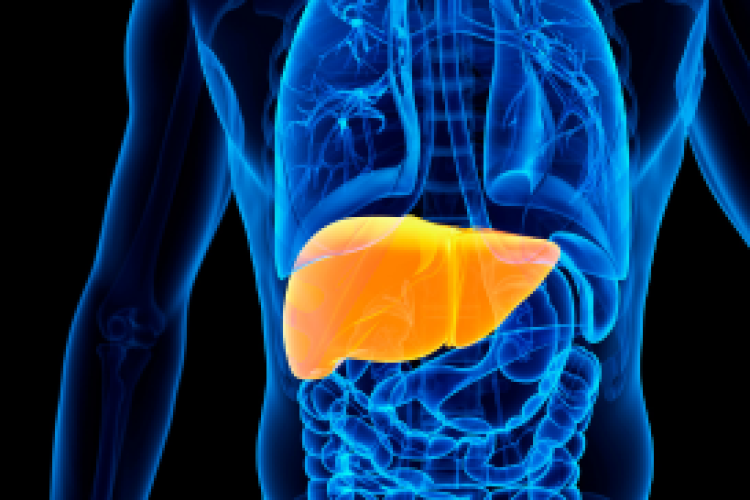Denise Roma, MS, RD, CDN, CDE, a community health educator and diabetes educator at Montefiore Nyack Hospital, shares some suggestions for reducing your sugar intake.
The government’s dietary guidelines call for added sugar to make up no more than 10% of a person’s daily calories. For a 2,000-calorie diet, that translates into just one 16-ounce bottle of soda. Replacing soda with unsweetened drinks such as water, seltzer or unsweetened iced tea can dramatically cut your sugar intake, says Denise Roma, MS, RD, CDN, CDE, a community health educator and diabetes educator at Montefiore Nyack Hospital.
“Often, people have more than one 16-ounce soda. And 20-ounce bottles of soda, which are often sold in vending machines, exceeds the 10% daily limit for sugar,” says Roma. She notes that sweetened coffee drinks are another common source of added sugar. “Just cutting out these drinks can help a person reduce added sugar quickly,” she says.
The new guidelines reflect the growing body of evidence that links high levels of sugar consumption with an increased risk of Type 2 diabetes and heart disease, even in people who are not overweight or obese.
The guidelines recommend that people don’t switch from sugary drinks to diet sodas. “While there is no evidence that artificial sweeteners cause harm, people tend to replace one regular soda with a few diet sodas, which we don’t want,” Roma says. When people were first told to reduce their fat intake, they replaced high-fat foods with an abundance of sugary foods, and we don’t want something similar to happen now when people cut down on sugar.”
Another way people can reduce their consumption of sugary foods is by replacing sugar-filled cereals with high-fiber, low-sugar cereals. “Try replacing muffins and donuts with healthier options, such as more fruits and vegetables, low-fat and non-fat dairy, and nuts.” She notes that flavored yogurt often has high levels of added sugar.
Healthier breakfast options include a breakfast burrito with scrambled eggs and low-fat cheese and salsa; plain oatmeal with berries and nuts; and plain yogurt topped with fresh fruit and nuts.
When you’re shopping, read the label to look for how much sugar the product has. Common sources of sugar include spaghetti sauce, barbeque sauce and salad dressing. “Every 5 grams of sugar listed on the label is equal to about a teaspoon,” says Roma. “Pick up two jars of tomato sauce and compare them—if one has 5 grams and the other has 15, choose the one with less. Once you have a brand you like with less sugar, stick with it.”
There’s no need to give up sweets entirely, Roma notes. “Pick and choose what you want, and use portion control,” she says. “I allow myself a small piece of dark chocolate every day. I go with 70% cocoa or higher, because it’s lower in sugar. But I watch how much I have.”
The best way to ensure your overall diet is healthy and not too high in sugar is to cook meals yourself as often as you can. “The goal is to fill half your plate with fruits and vegetables,” Roma says. “Fruit does have sugar, but it’s natural. The guidelines recommend you consume two cups of fruit a day.”
The Academy of Nutrition and Dietetics has more tips on eating healthy.



 Upcoming Events
Upcoming Events



